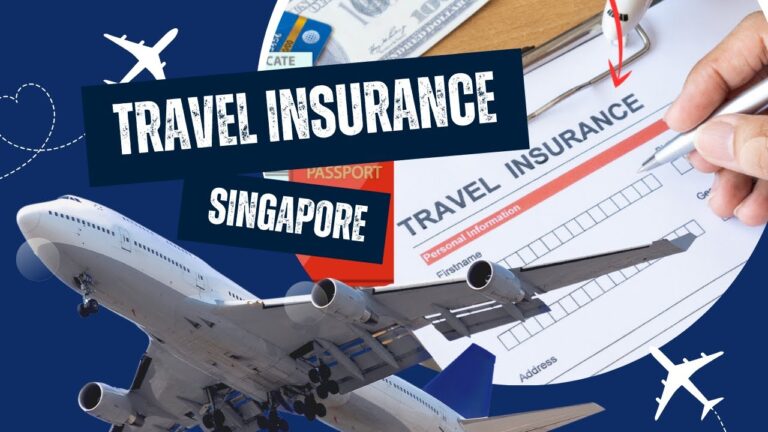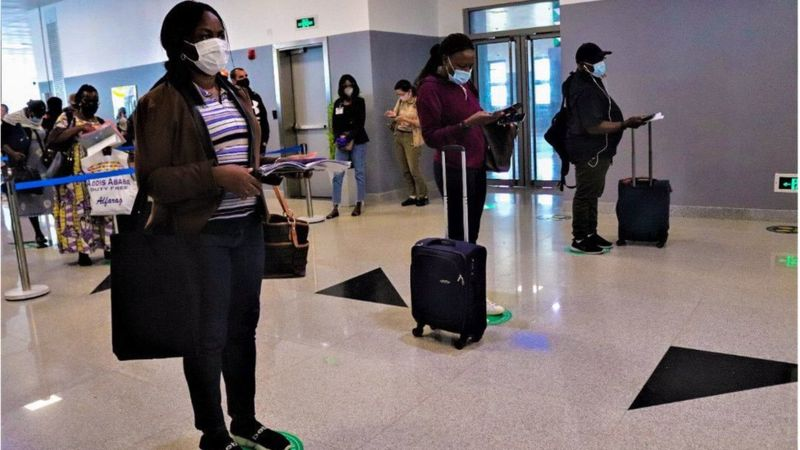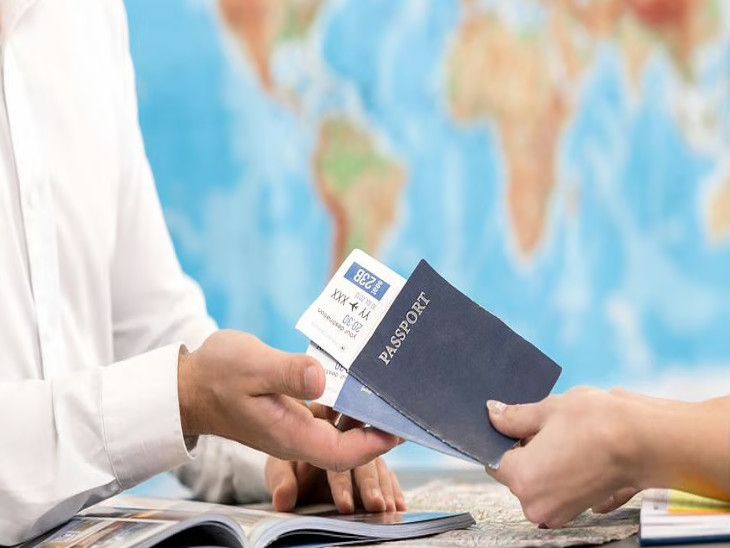Travel should feel like freedom — not a gamble. Yet all too often, unexpected events — flight cancellations, medical emergencies, lost luggage — can derail your trip and drain your savings. That’s where travel insurance comes in. But here’s the catch: many travellers overpay or get insufficient coverage.

In this guide, you’ll discover how to get premium, global travel insurance without overspending — using smart strategies that apply to 2025’s changing travel landscape.
You’ll learn: how insurance works, what to watch out for, and the exact steps to save money while getting robust protection.
Why You Need Travel Insurance (Even if You’re Budget-Conscious)
- Full trip protection — Travel insurance can cover trip cancellation or interruption, emergency medical treatment (especially abroad), evacuation, lost baggage, and other mishaps. (Encyclopedia Britannica)
- Peace of mind on international travel — Many domestic health plans don’t work overseas; travel insurance fills that gap. (Encyclopedia Britannica)
- Protection for unexpected events — From sudden illness or accidents to natural disasters, a good policy shields you financially when the unexpected happens. (Encyclopedia Britannica)
- Worthwhile cost vs risk — Standard travel insurance policies typically cost about 4% to 7% of the total trip price — a small price compared to potential out-of-pocket costs if something goes wrong. (Encyclopedia Britannica)
Bottom line: If you care about safeguarding your travel investment, travel insurance is not optional — it’s essential.
Common Mistakes That Make You Overpay — Or Get Inadequate Cover
Before diving into savings strategies, know what to avoid. Mistakes below can cost you — in money or in peace of mind.
- Skipping travel cancellation/interruption coverage. (GlobeNewswire)
- Buying “bells and whistles” you don’t need — like extreme sports coverage when you aren’t doing any, or high baggage limits when you pack light. (internationaltraveller.com)
- Buying insurance too late (or last minute), which often increases premiums. (Naijabiography Media)
- Not comparing multiple providers — many policies vary widely in price even for similar coverage. (Naijabiography Media)
Avoiding these will already give you a head start — now let’s get into actionable ways to save and still get good cover.
Proven Strategies to Get Premium Global Coverage for Cheap
1. Shop Around & Compare Policies
- Use comparison platforms or aggregate quotes from multiple insurers to see a range of prices for the same coverage. This ensures you don’t overpay. (Fincover®blog)
- Don’t grab the first “reasonable” offer — often, similar policies from different insurers vary significantly in price and coverage. (Naijabiography Media)
2. Choose the Right Coverage — Not “Everything Under the Sun”
- If you’re taking a simple holiday (no risky sports, no expensive gear) — a basic or mid-level plan may suffice. That could include medical emergencies, trip cancellation, and baggage coverage. (travelnerinsurance.com)
- Avoid paying for add-ons you don’t need. For instance: if you’re not packing laptops or expensive electronics, skip high baggage coverage; if no adventure sports, skip adventure extras. (internationaltraveller.com)
3. Increase Your Deductible (Excess)
- A higher deductible (the amount you pay out-of-pocket before insurance kicks in) often reduces your premium significantly. If you’re not likely to make many small claims, this is a smart trade-off. (Fincover®blog)
- Evaluate how much risk you’re willing to take — bigger savings come with higher upfront risk.
4. Buy Early — As Soon As You Book Your Trip
- Purchasing your policy early (ideally soon after booking flights/hotels) often locks in lower rates because the insurer views fewer uncertainties that close to travel dates. (Naijabiography Media)
- Early purchase also ensures you’re covered for pre-trip issues (e.g. trip cancellation due to illness or emergency). (internationaltraveller.com)
5. Use Multi-Trip or Annual Policies (If You Travel Often)
- If you travel more than once a year, an annual or multi-trip policy can offer better value per trip than many single-trip policies. (WalletGenius)
- Good especially for frequent flyers, business travellers, digital nomads, or people with multiple holiday plans in a year.
6. Use Group/Family or Combined Policies
- Travelling with family or a group? Combining everyone under a single policy often reduces total premiums compared to buying individual plans. (leadway.com)
- Bundling with other insurance (if available) may also yield discounts — but make sure the coverage still meets your needs. (Digital License Hub)
What Affordable but Good Travel Insurance Looks Like in 2025
Here’s a sample comparison — showing how different policies offer different levels of protection for varying budgets.
| Policy / Plan (Example) | Approx Cost* | Covers: Medical, Evacuation, Baggage, Cancellation | Best For |
|---|---|---|---|
| Basic Plan — minimal cover | Low (~ $100–150) | Trip cancellation, basic medical, minimal baggage | Short trips; travellers on budget who don’t need extras |
| Mid-Level Plan — balanced | Moderate (~ $150–250) | Medical + decent coverage, baggage, trip cancellation | Most standard travellers — vacation, business trips |
| Premium Global Plan — full cover | Higher (~ $250–400+) | High medical limit, evacuation, baggage, cancellation & interruption, delay coverage | Long trips, destination with high medical cost, travellers needing full protection |
| Annual / Multi-Trip Plan | Varies (higher upfront) | Similar to mid or premium — covers multiple trips per year | Frequent travellers, digital nomads, business travellers |
*Costs vary based on destination, duration, traveller’s age, and optional add-ons.
This table shows you don’t need to overspend — a well-chosen mid-level plan often delivers excellent value, especially if you tailor coverage to your needs.
Smart Tips & Hacks to Save More (Without Risking Coverage)
- Before buying, check what coverage you already have — some credit cards or existing health plans may offer partial protection for travel, which can reduce what you need in a travel policy. (NerdWallet UK)
- Avoid last-minute upgrades or add-ons — only add what you need after reviewing your travel plan.
- Be honest about your health and travel plans. Skipping disclosure of pre-existing conditions may seem like a shortcut — but could result in rejected claims. (The Sun)
- If travelling with loved ones or a group — consider group or family coverage to save per-person cost.
- If you travel regularly — pay annually. Spread the cost across multiple trips to lower per-trip premium.
- Choose higher deductible only if you’re comfortable handling small costs yourself — useful if you rarely make claims.
- Read the fine print: check exclusions (adventure sports, high-risk destinations, items not covered). This avoids unpleasant surprises.
When You Might Skip Travel Insurance — But Only If You Are Very Sure
Travel insurance isn’t always necessary. But skipping it should be a conscious decision, not a gamble. You might skip if:
- Your trips are short, local, and already covered by existing health/insurance plans.
- You travel light — no expensive items, no adventure sports, low risk of cancellation.
- You’re willing and able to pay out-of-pocket if something goes wrong (illness, delays, lost baggage).
- You already have alternative protection (credit card benefits, global health coverage, etc.) — and you’ve carefully checked that coverage applies abroad.
If you choose to skip, do so only after thorough evaluation of your risks and what you’re willing to bear yourself.
FAQ — What Travelers Ask Most About Travel Insurance
Is travel insurance really worth the cost?
Yes — because the cost is usually small compared to what you stand to lose if something goes wrong (medical bills, canceled trips, lost luggage, delays). (Encyclopedia Britannica)
When should I buy travel insurance?
As soon as you book your trip — early purchase often locks in lower premiums and covers you against pre-trip issues. (Naijabiography Media)
Can I just rely on my credit card or home insurance?
Sometimes — but often not. Many credit cards offer limited protection (e.g. trip cancellation, baggage delay) but not full medical or evacuation coverage. Always check details carefully. (NerdWallet UK)
Is a high deductible (excess) a good idea?
Yes — if you rarely make small claims and want to save on premiums. But you must be comfortable paying more out-of-pocket if you do need to make a claim. (Fincover®blog)
Should frequent travellers buy annual/multi-trip policies?
Often yes. If you travel more than once a year, multi-trip or annual policies usually offer better value per trip than repeated single-trip purchases. (WalletGenius)
Conclusion: Smart Travel + Smart Insurance = True Freedom
Getting premium global travel insurance doesn’t have to break the bank. With a bit of research, smart comparison, and honest assessment of what you truly need — you can travel with confidence while keeping costs down.
Remember: the goal is smart cover — not maximum cover at any cost.
When you apply these strategies — buy early, compare quotes, tailor coverage, bump up deductible, or use annual plans — you unlock the secret to affordable yet comprehensive travel insurance.
So before you book your next flight, take 10 minutes to shop insurance — your future self (and wallet) will thank you.





 anger. They don’t just pay tuition—they often cover living expenses, travel, and more, giving you the freedom to focus on learning and leadership, not debt.
anger. They don’t just pay tuition—they often cover living expenses, travel, and more, giving you the freedom to focus on learning and leadership, not debt.






.webp)






